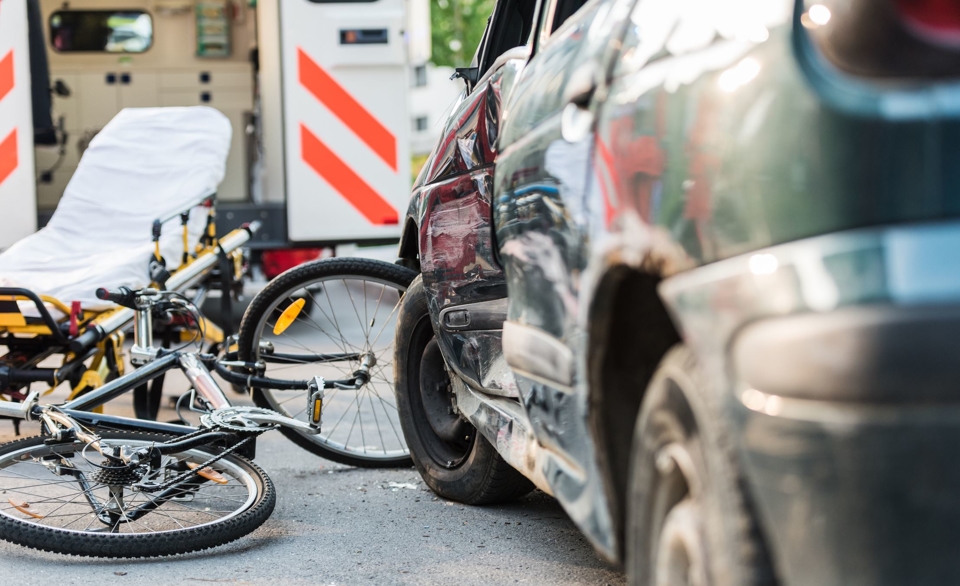Merging from one lane to the next is an advanced driving maneuver that takes experience, skill, and timing. Changing lanes or merging onto a congested highway requires drivers to maintain speed while safely moving into a new lane. If other drivers do not allow the merge or are not paying attention, collisions can occur. Unfortunately, determining who is responsible for the accident is not always obvious or easy to prove.
Common Causes of Merging Accidents
The most common reasons for merging accidents include:
- Entering a highway from a merge lane too slowly or quickly
- Attempting a lane change without using a turn signal
- Crossing over multiple lanes in a single merge
- Cutting off another vehicle
Merging Accident Injuries
Drivers and passengers involved in motor vehicle merging accidents can sustain a wide range of injuries depending on how fast the vehicles were traveling and additional circumstances surrounding the collision. Some of the most common personal injuries include:
- Broken bones
- Lacerations and cuts
- Spinal cord injuries
- Traumatic brain injuries (TBI)
- Whiplash
Who’s to Blame for a Merging Accident?
New Jersey drivers entering a highway from an onramp are required to yield the right of way to other vehicles already moving on the roadway. While accidents that occur during the execution of a merge are typically caused by the merging driver, ere are circumstances when the other driver may be held responsible for the accident. For example, when a driver is aggressively preventing the merge and intentionally hits the merging driver or is perceived as having cut off the merging driver, they can be liable.
There are also times when more than one driver may be at fault for a merging accident, including if both drivers are speeding, distracted while driving, driving while impaired, or fail to signal.
The Best Ways to Avoid Merging Accidents
Here are a few common-sense tips to help prevent merging accidents:
- Keep your distance. The closer drivers get to other vehicles, the less time they have to react to cars merging and other activities on the road. Creating and maintaining ample space between you and the vehicles in front of you will allow other motorists to merge in and out of your lane.
- Make the switch. Merging lanes can cause confusion and lead to uncertainty. Getting out of the merging lane as quickly and safely as possible will reduce the likelihood of a merging accident.
- Signaling change. The best way to avoid an accident is to make everyone around you aware of your intentions. Proper use of turn signals well in advance of lane changes and merges indicates to others what you are about to do.
- Merging technique. Merging is an advanced driving maneuver that takes practice and experience. The key to success is to avoid jarring or startling moves that can cause other drivers to panic or overreact. Gradually merging into a new lane is safe and smart.
Contact Experienced New Jersey Auto Accident Lawyers
If you or someone you love suffered harm in a merging accident, then it is important to speak with the respected New Jersey auto accident lawyers at Rosner Law Offices, P.C. as soon after the incident as possible. Our attorneys can help determine liability after a merging accident so that you are able to collect compensation for your damages. Contact us today at (856) 502-1655 for a free consultation.
Additional Reading:






